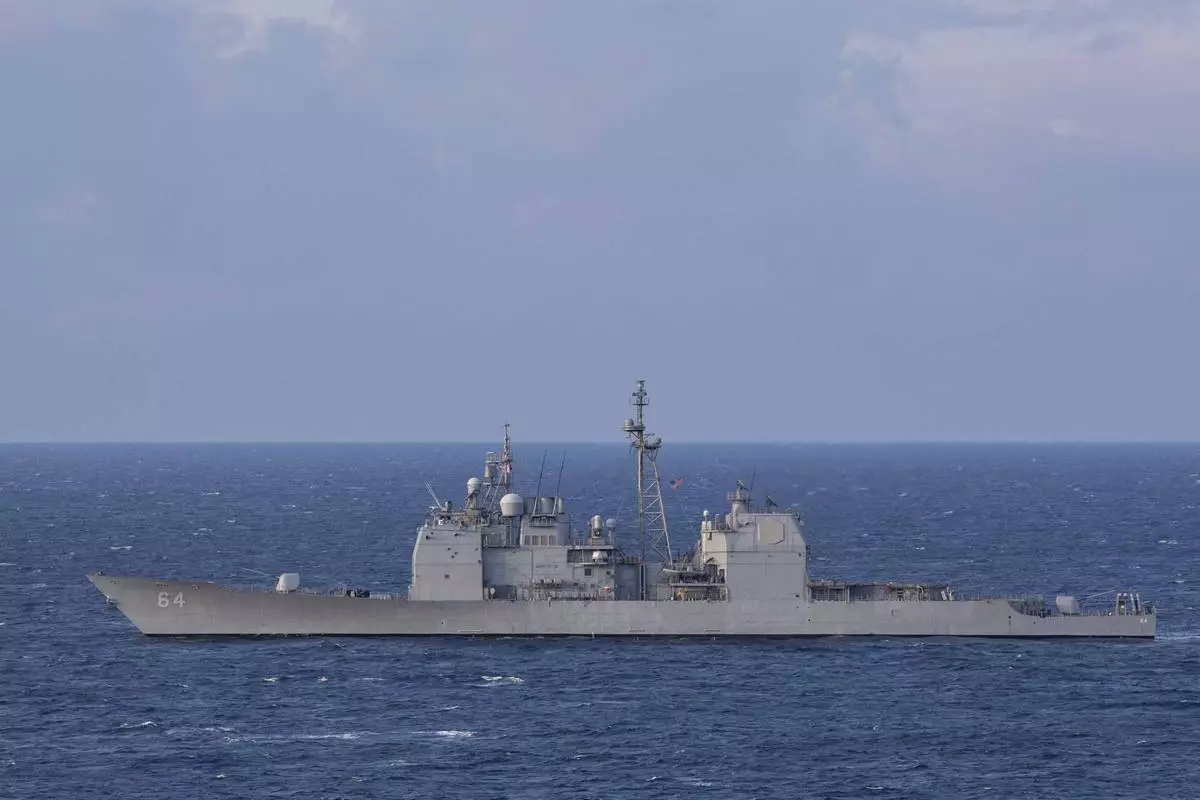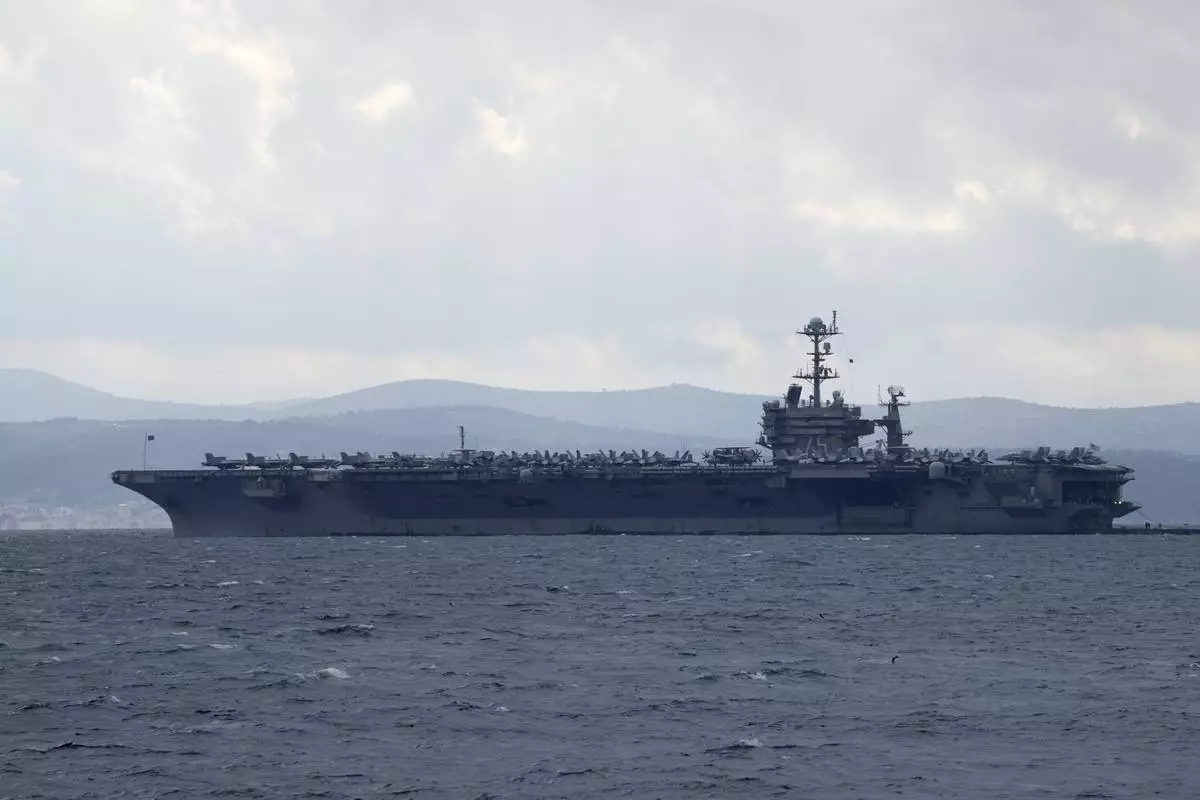U.S. Postmaster General Louis DeJoy assured state election officials in a letter released Monday that he'll work with them to handle their warnings of problems with election mail delivery during the primary season, while insisting that the Postal Service will be ready for the flood of mail-in ballots ahead of the November election.
The Postal Service already dealt with most concerns raised by election officials, he said, after they warned that properly addressed election mail was returned — a problem that can cause voters to be automatically placed on inactive status — and that mail-in ballots were postmarked on time but arrived after election deadlines.
DeJoy said that training is already being beefed up for postal employees and that the Postal Service is already in constant contact with election officials and will work them to address quality problems that caused incorrect deliveries or mail to be returned to sender. He also said he'd work with them to avoid a repeat of “flawed ballot envelope designs," though many envelopes were already designed and printed, officials said.
The Postal Service also has teams in place to tackle mail flagged as “undeliverable as addressed,” or any other problem that might arise with election mail, DeJoy wrote.
The concerns were raised by the National Association of Secretaries of State and the National Association of State Election Directors, even as former President Donald Trump continues to falsely claim he won in 2020 and seized upon the mail delivery troubles to sow doubts about the upcoming election. He repeated his claim Sunday on social media that the Postal Service is not up to the task.
In 2020, amid the coronavirus pandemic, election officials reported sending just over 69 million ballots in the mail, a substantial increase from four years earlier.
While the numbers this year may be smaller, many voters have embraced mail voting and come to rely on it. And both Democrats and Republicans have launched efforts to push supporters to vote early, either in person or by mail to “bank” their votes before Election Day on Nov. 5. In a sign of how quickly Election Day is approaching, the first batch of mail ballots were sent last week to absentee voters in Alabama.
Steve Simon, president of the National Association of Secretaries of State, on Monday stood by his assessment that the Postal Service has been slow to respond to concerns. He said that localized problems can be easily addressed but that “larger issues still remain.”
“If the nation’s election officials felt these issues had been properly addressed with USPS staff over the last year, then there would have been no need” for the election groups to air their concerns last week, he said.
Mandy Vigil, president of the National Association of State Election Directors, agreed “that the issues we’ve raised have not been resolved adequately going into the November election.”
In his response, DeJoy acknowledged that a massive network reorganization caused some temporary problems but assured the two bipartisan election groups that changes are now being limited to avoid slowing election mail ahead of the November election.
He suggested that Postal Service's performance in past elections should speak for itself.
Postal Service officials said that nearly 98% of ballots were returned to election officials within three days and that 99.9% of ballots were delivered within seven days in the last presidential election — at the height of the pandemic in 2020.
“As demonstrated consistently in previous elections, election mail routinely outperforms our regular service performance due to our long-standing processes and procedures,” DeJoy wrote.
First-class mail is currently averaging 2.7 days for delivery, DeJoy said, even though the two groups wrote in a letter last week that some election officials received timely postmarked ballots after Election Day and outside the three to five business days Postal Service sets as the standard for first-class mail.
Nonetheless, DeJoy said, voters shouldn’t procrastinate with mail-in ballots this election season. Both the Postal Service and state election officials are urging anyone voting by mail to return their ballots well before Election Day or to use drop boxes where available.
Associated Press writers Christina A. Cassidy in Atlanta and John Hanna in Topeka, Kansas, contributed to this report.

FILE - U.S. Postal Service trucks park outside a post office in Wheeling, Ill., Monday, Jan. 29, 2024. (AP Photo/Nam Y. Huh, File)












